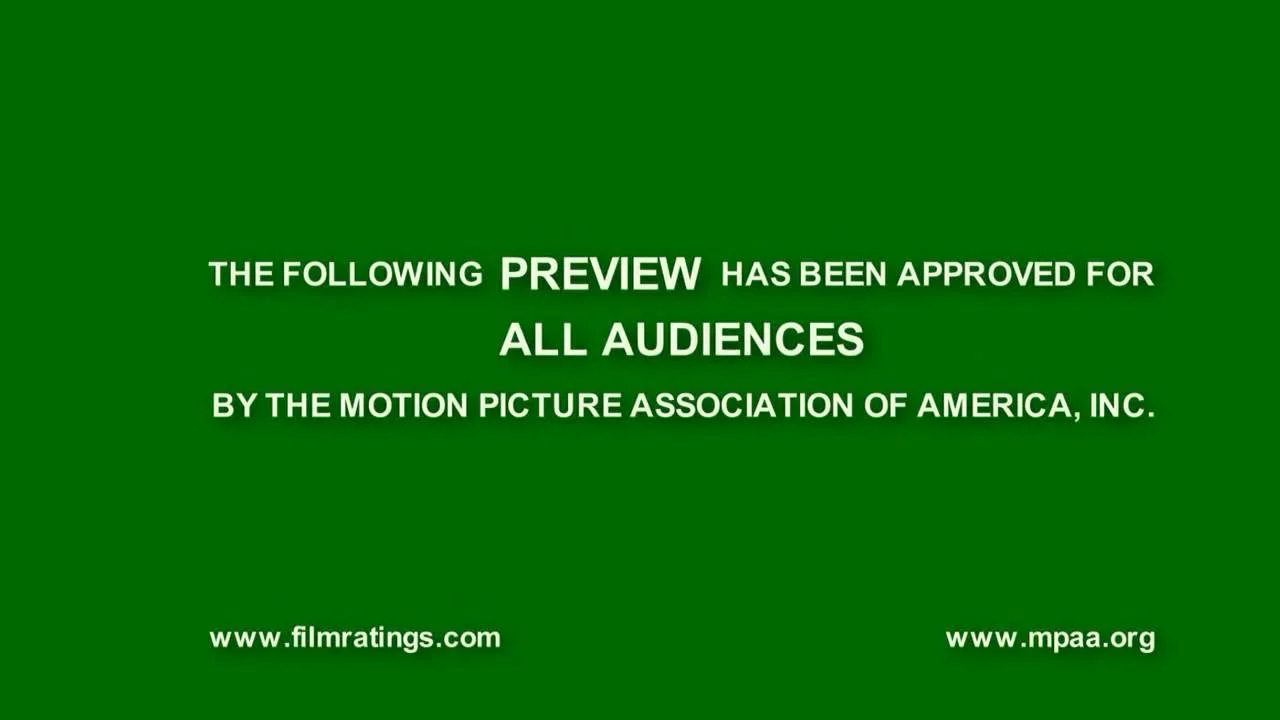
Title: Crafting Cinematic Intrigue: A Guide to Creating a Captivating Film Trailer
Introduction:
The film trailer serves as the gateway to a cinematic experience, offering a tantalizing glimpse into the world of a movie. Crafting a captivating trailer requires a delicate blend of storytelling finesse, visual flair, and a keen understanding of audience engagement. In this blog post, we’ll unravel the art of creating a compelling film trailer, exploring techniques to pique curiosity, evoke emotions, and leave audiences eagerly anticipating the main feature.
Understand Your Film’s Essence:
- Before diving into trailer production, intimately understand the essence of your film. Identify its core themes, the emotional journey of characters, and the unique elements that set it apart. This foundational understanding forms the basis for crafting a trailer that authentically represents the film.
Start with a Strong Hook:
- The opening moments of your trailer are paramount. Grab the audience’s attention with a strong hook – a captivating image, a compelling line of dialogue, or a powerful visual that sets the tone for the entire trailer. Intrigue your viewers from the outset.
Establish Tone and Genre:
- Clearly convey the tone and genre of your film within the first few seconds. Whether it’s a heartwarming drama, an exhilarating action film, or a suspenseful thriller, the trailer should provide an immediate sense of what viewers can expect.
Create a Narrative Arc:
- Craft a mini-narrative within the trailer. Take the audience on a journey by introducing key characters, establishing conflict, and building towards a climax. This narrative arc mirrors the storytelling structure of the film, offering a taste of the overall cinematic experience.
Tease, Don’t Spoil:
- While revealing enough to pique interest, avoid giving away major plot twists or spoilers. The goal is to create anticipation without diminishing the impact of key moments in the film. Tease the audience with intriguing glimpses, leaving them hungry for more.
Showcase Visual Excellence:
- Leverage the visual prowess of your film to create a visually stunning trailer. Highlight breathtaking cinematography, dynamic sequences, and visually arresting scenes. The trailer should serve as a visual feast that entices viewers to immerse themselves in the full cinematic experience.
Utilize Effective Editing Techniques:
- Editing is a cornerstone of trailer creation. Use crisp cuts, impactful transitions, and well-timed pacing to maintain a dynamic flow. Align the editing style with the film’s genre – fast-paced for action, rhythmic for drama, and suspenseful for thrillers.
Incorporate Memorable Dialogue:
- Select memorable lines of dialogue that encapsulate the film’s themes or character dynamics. Well-chosen dialogue can resonate with viewers and provide a memorable anchor for the trailer. Ensure that the dialogue complements the visuals and enhances storytelling.
Integrate Music Thoughtfully:
- Music is a powerful tool in evoking emotions. Choose a soundtrack that complements the tone of your film and enhances the emotional impact of the trailer. The music should synchronize with the pacing and contribute to the overall atmosphere.
Emphasize Unique Selling Points:
- Identify the unique elements that make your film stand out. Whether it’s a stellar cast, groundbreaking visuals, or a fresh narrative perspective, emphasize these selling points in the trailer to differentiate your film from others.
Optimize for Various Platforms:
- Consider the platforms where your trailer will be showcased – cinemas, online streaming services, or social media. Optimize the duration and format accordingly. Shorter trailers are effective for online platforms, while longer trailers may be suitable for cinema releases.
End with a Powerful Closing:
- Conclude the trailer with a strong closing image or moment that lingers in the viewer’s mind. This can be a visual spectacle, a compelling line of dialogue, or a cliffhanger that leaves the audience eager for the film’s release.
Include a Call to Action:
- Encourage viewers to take action. Whether it’s urging them to buy tickets, follow the film on social media, or mark the release date, include a clear call to action that directs their enthusiasm toward tangible steps.
Gather Feedback:
- Before finalizing the trailer, seek feedback from a diverse audience. Understand their reactions, gauge emotional responses, and refine the trailer based on valuable insights. Feedback ensures that the trailer resonates with a broad audience.
Build Anticipation with Teasers:
- Release teaser content leading up to the trailer launch. Teasers generate buzz and build anticipation. Share glimpses of key scenes, character introductions, or behind-the-scenes footage to create a sense of excitement.
Conclusion:
Crafting a captivating film trailer is an art form that requires a harmonious blend of storytelling, visuals, and audience psychology. As filmmakers navigate the intricate process of trailer creation, they embark on a journey to spark intrigue, evoke emotions, and invite audiences into the immersive world of their cinematic creation. With thoughtful planning and creative ingenuity, a compelling trailer serves as a powerful prelude to a film that leaves a lasting impact on viewers worldwide.





